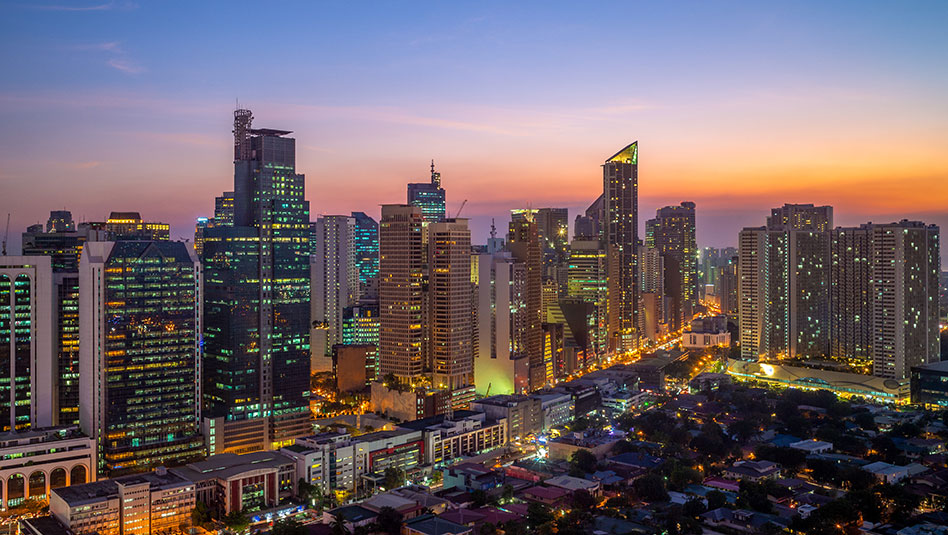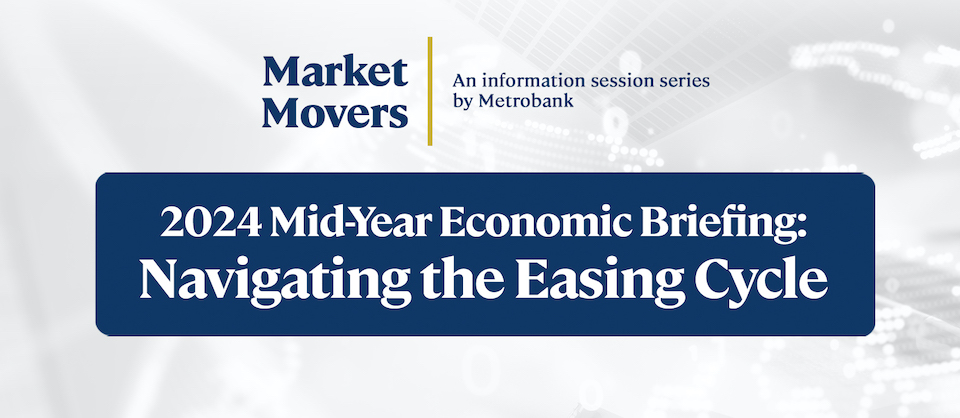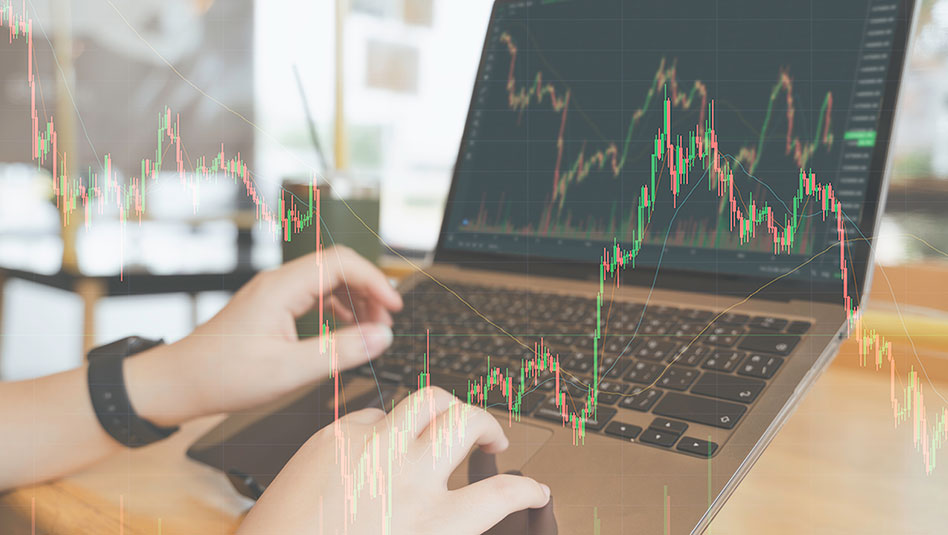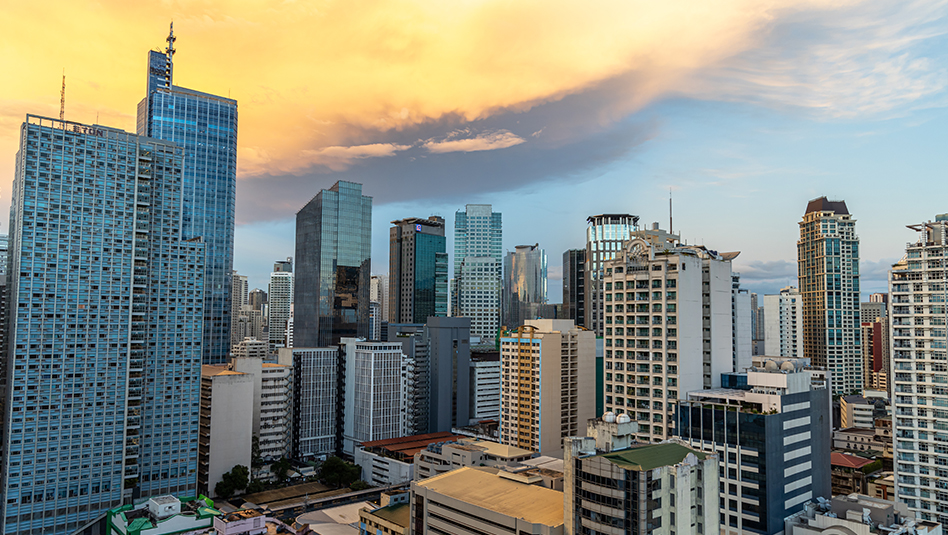GDP Preview: Growth to pick up pace amid challenges
The Philippines’ second-quarter GDP is expected to show some resilience despite global challenges

Trade improved in the second quarter from a year ago despite tariff uncertainty and a bleak global outlook. Still, domestic spending saw some drawbacks.
Metrobank forecasts gross domestic product (GDP) growth for the second quarter at 5.6%, within the government’s full year target of 5.5%-6.5% for 2025.
Stalled consumer recovery
Owing to spending related to the mid-term elections, we expect some boost in private consumption during the campaign season.
Still, the anticipated lift from slow inflation and lower policy interest rates on consumption has yet to fully materialize.
New vehicle sales in the second quarter declined relative to the preceding quarter and the same period last year, signaling soft consumer demand.
Despite better financial conditions, the overall consumer outlook worsened in the second quarter, according to the Bangko Sentral ng Pilipinas’ (BSP) Consumer Expectations Survey (CES). Spending outlook remained negative, suggesting that consumers struggle with low disposable income, prioritize debt repayment, or rebuild savings.
While we expect a slightly quicker consumption growth in the second quarter from the previous quarter, it is expected to have remained muted given the weak global economic outlook.
Investment outlook
Investment growth in the second quarter may have been soft, as firms adjusted plans amid shifting trade dynamics and tariffs.
The BSP’s Business Expectations Survey (BES) revealed that businesses’ view on their operations for the second quarter improved, even as they were less optimistic about the economy. This suggests some resilience.
While interest-rate cuts may have helped support businesses, loans for production purposes grew by an average of 10.3% year-on-year in April and May. This compares with 11.2% in the first quarter. Manufacturing saw weaker purchasing of raw materials, with modest depletions of input inventory, according to the S&P Manufacturing Purchasing Managers’ Index report.
Election ban impact
While government spending may have boosted domestic demand in the first quarter, the story may be different for the second quarter. Government spending grew by 1.6% year-on-year in the second quarter, according to Treasury data.
The slow growth is attributed to the election ban, which prohibited government agencies from releasing public funds for social and public works from end-March to mid-May. Although the government’s infrastructure spending declined by 17.9% year-on-year in the April to May period due to the election ban on disbursements, this likely slightly picked up in June.
High base effects also come into play, considering that the government frontloaded last year’s spending in the second quarter of 2024.
Trade support
Trade in the second quarter may have been more supportive of GDP growth as the trade figures show a narrower deficit compared to the same period last year.
Despite US President Donald Trump pausing tariffs in early April, the effects of uncertainties in tariffs lingered in the second quarter. Total trade only grew by a revised 1.2% year-on-year in April and 5.0% in May, as fewer imports entered the country after businesses frontloaded orders to get ahead of tariffs.
The trade deficit in the second quarter narrowed by 16%, as total exports picked up the pace, growing at 13.2% compared to the same period last year. Meanwhile, imports grew at a slower 6.0%.
Metrobank’s take
Easing inflation and the expected lagged impact of policy rate cuts are expected to boost consumption and investment.
However, commodity prices remain elevated, putting pressure on the average Filipino consumer’s purchasing power as real income is yet to catch up. Meanwhile, global trade uncertainty due to tariffs weighs on businesses. A ban of government spending in the run up to the mid-term elections also posed as a logjam to GDP growth.
Metrobank forecasts GDP growth to pick up slightly in the second quarter and settle within the government’s target band for the year. The Philippine Statistics Authority will release the GDP data on August 7.
(Disclaimer: This is general investment information only and does not constitute an offer or guarantee, with all investment decisions made at your own risk. The bank takes no responsibility for any potential losses.)
MARIA KAILA BALITE is a Research Officer of the Research and Market Strategy Department, Institutional Investors Coverage Division, Financial Markets Sector, at Metrobank. She holds a Master’s degree in Applied Economics and also majored in Financial Economics for her Bachelor’s degree, both from De La Salle University Manila. Outside of work, she enjoys watching thriller movies and K-dramas.
MARIAN MONETTE FLORENDO is a Research Officer of the Research and Market Strategy Department, Institutional Investors Coverage Division, Financial Markets Sector, at Metrobank. She holds an undergraduate degree Mathematics from Ateneo de Naga and a master degree in Economics from UP Diliman. She loves traveling and watching mystery movies in her spare time.
YOSHITAKA HIRAKAWA is a Research Officer of the Research and Market Strategy Department, Institutional Investors Coverage Division, Financial Markets Sector, at Metrobank. He holds a Bachelor’s in Management Engineering from Ateneo de Manila University. With a background in data-driven decision making and quantitative methods, he aims to provide meaningful insights. Hungry for adventure, he constantly seeks new sights, sounds and experiences, from cliff jumping to trying new cuisines.
JOAQUIM PANTANOSAS is a Research Officer of the Research and Market Strategy Department, Institutional Investors Coverage Division, Financial Markets Sector, at Metrobank. He holds a BS in Statistics from the University of the Philippines-Diliman, where he developed an interest in quantitative research as a tool for complex problem-solving. He enjoys a good laugh with the people he cares about.







 DOWNLOAD
DOWNLOAD




 By Maria Kaila Balite, Marian Monette Florendo, Yoshitaka Hirakawa, and Joaquim Pantanosas
By Maria Kaila Balite, Marian Monette Florendo, Yoshitaka Hirakawa, and Joaquim Pantanosas